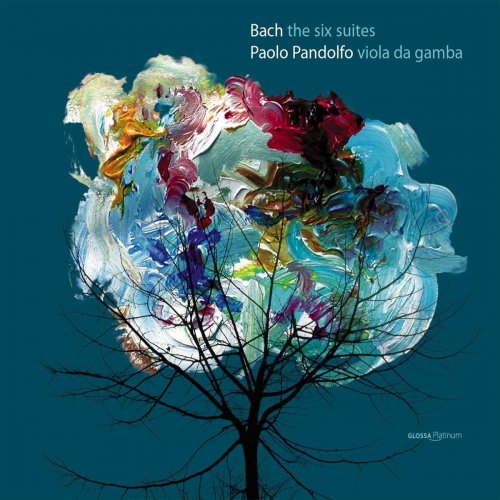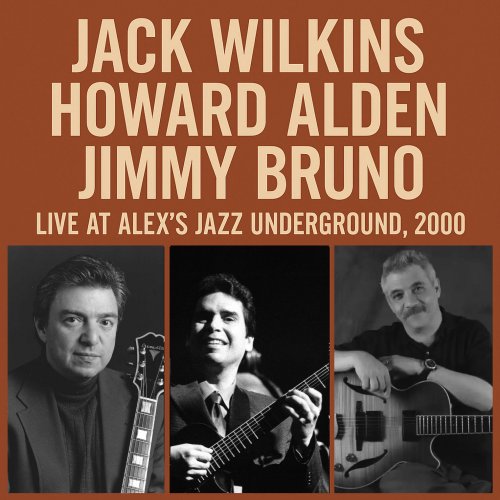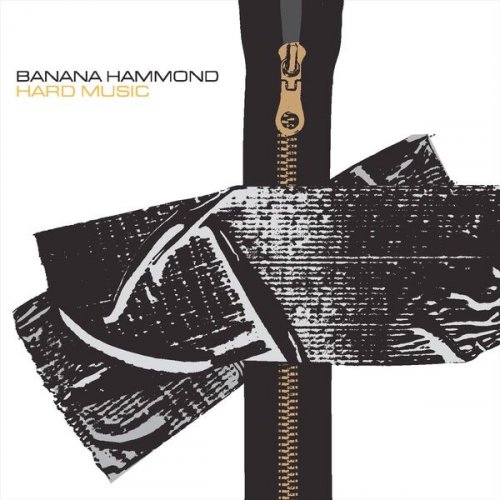Paolo Pandolfo - J.S. Bach: The Six Suites (2001)

Artist: Paolo Pandolfo
Title: J.S. Bach: The Six Suites
Year Of Release: 2001
Label: Glossa
Genre: Classical
Quality: FLAC (tracks)
Total Time: 02:23:45
Total Size: 703 Mb
WebSite: Album Preview
Tracklist: Title: J.S. Bach: The Six Suites
Year Of Release: 2001
Label: Glossa
Genre: Classical
Quality: FLAC (tracks)
Total Time: 02:23:45
Total Size: 703 Mb
WebSite: Album Preview
CD 1
Suite I (BWV 1007, C major)
1. Prélude
2. Allemande
3. Courante
4. Sarabande
5. Menuets I & II
6. Gigue
Suite III (BWV 1009, F major)
7. Prélude
8. Allemande
9. Courante
10. Sarabande
11. Bourrées I & II
12. Gigue
SUITE V (BWV 1011, D minor)
13. Prélude
14. Allemande
15. Courante
16. Sarabande
17. Gavottes I & II
18. Gigue
CD 2
Suite II (BWV 1008, D minor)
1. Prélude
2. Allemande
3. Courante
4. Sarabande
5. Menuets I & II
6. Gigue
Suite IV (BWV 1010, G major)
7. Prélude
8. Allemande
9. Courante
10. Sarabande
11. Bourrées I & II
12. Gigue
Suite VI (BWV 1012, D major)
13. Prélude
14. Allemande
15. Courante
16. Sarabande
17. Gavottes I & II
18. Gigue
Performers:
Paolo Pandolfo, viola da gamba
Gamba virtuoso Paolo Pandolfo previously showed his powerful affinity for Bach on a 1994 Harmonia Mundi recording of the Sonatas for viola da gamba and harpsichord. Here, he offers his ambitious adaptations for gamba of the six Suites for Solo Cello–a project that if nothing else reveals both the felicities and awkward, ungraceful incompatibilities of this kinship of instruments and stylistic traditions. The first thing you may notice is that the keys–four of the six–are not the originals. For example the G major Suite No. 1, probably the most familiar of the set, is played in C major, the C minor Suite No. 5 is played in D minor, and so on. Although this may be a bit disorienting to listeners whose ears “know” the original keys, the reason Pandolfo has transposed them is not only to allow him to play the notes, but also to take full advantage of the gamba’s natural sonorities–in his words, “to let the instrument suggest the solutions suitable for each moment.” Indeed, we do hear the room-filling resonance and sympathetic vibrations produced by the lowest open strings, especially in the opening to the Fourth (G major) and Fifth (D minor) suites, and the overall benefit to the sonority certainly justifies these modifications. But these aren’t the only changes. Pandolfo explains that he has had to alter octaves in some places and occasionally, “voices” heard prominently in the cello versions “disappear”, and new voices “appear embellished, even though they did not exist or were merely implied.” Okay, but what all of this means to the listener is that hearing these versions of Bach’s revered solo cello suites will necessitate setting your preconceived notions aside and opening your mind and ears to a new experience of the music. (David Vernier)
![Steve Davis - Eloquence (2009) [CDRip] Steve Davis - Eloquence (2009) [CDRip]](https://www.dibpic.com/uploads/posts/2026-01/1767988739_6.jpg)






![Antonio Farao - Kind of... Piano solo (2026) [Hi-Res] Antonio Farao - Kind of... Piano solo (2026) [Hi-Res]](https://www.dibpic.com/uploads/posts/2026-01/1767893895_cover.jpg)
